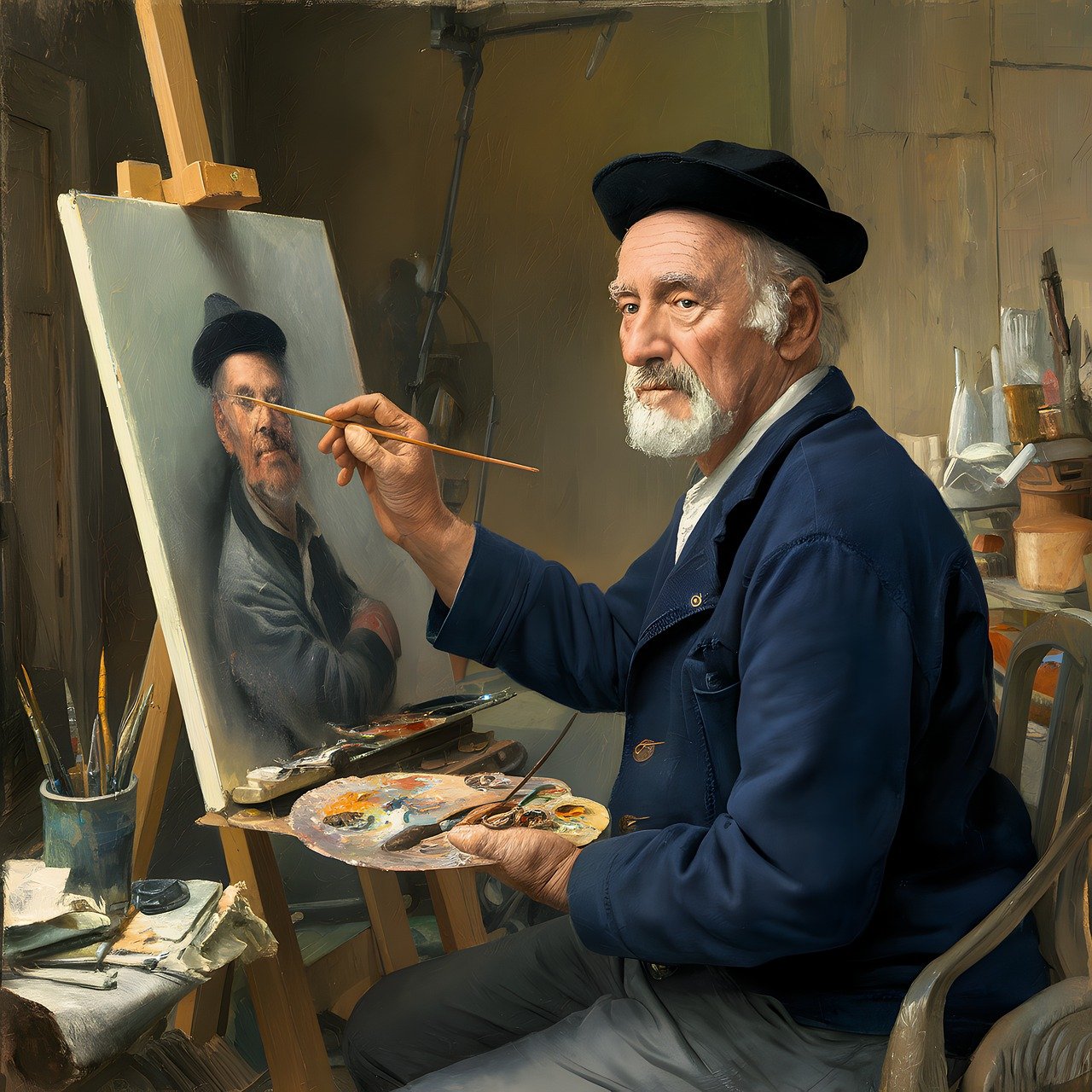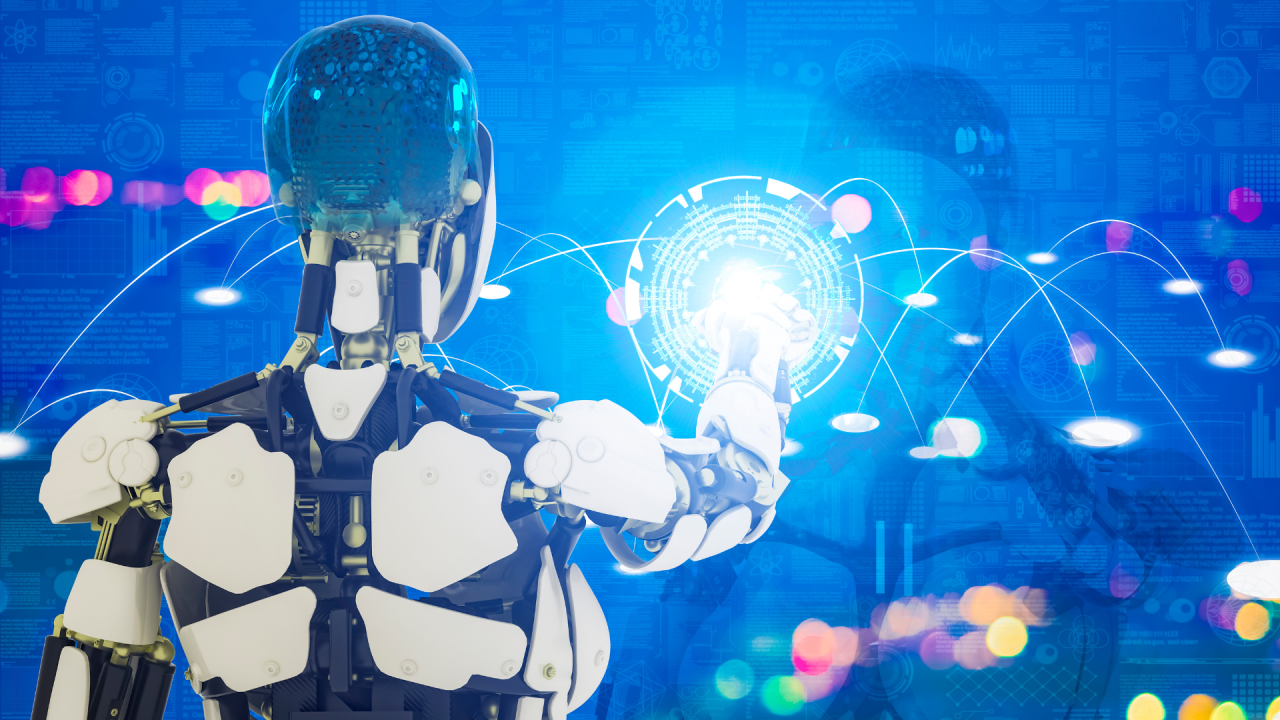Artificial Intelligence (AI) has made significant inroads into various fields, from healthcare to finance, and now it’s revolutionizing the world of art. The integration of AI into artistic creation is transforming how we perceive and produce art, raising fascinating questions about creativity, authorship, and the future of artistic expression. This article explores the rise of AI in art, examining its impact, the techniques involved, and the implications for artists and audiences alike.
The Intersection of AI and Art
AI in art typically involves machine learning algorithms that can analyze vast amounts of data, recognize patterns, and generate new content. These algorithms can be trained on thousands of artworks, learning styles, techniques, and even specific artists’ brushstrokes. The result is AI systems capable of producing original pieces of art, mimicking established styles, or creating entirely new ones.
Key Techniques and Tools
- Generative Adversarial Networks (GANs):
- Process: GANs consist of two neural networks, the generator and the discriminator, which work together to create images. The generator produces images, while the discriminator evaluates them for authenticity, gradually improving the quality of the generated art.
- Applications: GANs are used to create new artworks that range from realistic portraits to abstract pieces. They can also be employed to restore damaged artworks or generate new versions of existing works in different styles.
- Neural Style Transfer:
- Process: This technique involves taking the style of one image and applying it to another. For instance, a photograph can be transformed to look like a Van Gogh painting by extracting the style from a Van Gogh piece and applying it to the photo.
- Tools: Popular tools for neural style transfer include DeepArt and Prisma.
- Deep Learning:
- Process: Deep learning involves training neural networks on large datasets of images to learn and replicate specific artistic styles. These networks can then generate new artworks based on the learned styles.
- Applications: Deep learning is used in applications like Google’s DeepDream, which creates hallucinogenic images by enhancing patterns recognized by neural networks.
Impact on the Art World
- Expanding Creative Boundaries:
- AI enables artists to explore new creative territories by automating parts of the creative process, allowing them to focus on conceptual and emotional aspects of their work. It also opens up possibilities for creating complex and intricate designs that would be difficult or impossible to achieve manually.
- Democratizing Art Creation:
- AI tools are making art creation more accessible to people without formal training. Applications like DALL-E and Artbreeder allow users to generate art by simply providing text prompts or blending images, lowering the barrier to artistic expression.
- New Forms of Collaboration:
- Artists are increasingly collaborating with AI to produce artworks, treating the AI as a creative partner rather than just a tool. This collaboration can lead to unexpected and innovative outcomes, pushing the boundaries of traditional art forms.
- Ethical and Philosophical Questions:
- The rise of AI in art raises questions about authorship and originality. If an AI creates a piece of art, who owns the copyright? Can AI-generated art be considered truly creative? These questions are sparking debates within the art community and beyond.
Prominent AI Art Projects and Artists
- Obvious:
- Project: The Paris-based art collective Obvious made headlines with their AI-generated portrait “Edmond de Belamy,” which sold at Christie’s auction house for $432,500. The portrait was created using a GAN trained on a dataset of historical portraits.
- Mario Klingemann:
- Work: An artist and researcher in the field of AI, Klingemann uses neural networks to create art that explores the nature of creativity, culture, and perception. His works often involve training AI on diverse datasets to generate new and thought-provoking pieces.
- Refik Anadol:
- Installations: Anadol uses AI to create large-scale data-driven installations. His work often involves transforming massive datasets into immersive visual experiences, blurring the line between the digital and physical worlds.
The Future of AI in Art
As AI technology continues to advance, its role in the art world is likely to grow. Future developments could include more sophisticated AI tools that offer greater creative control to artists, new forms of interactive and generative art, and further integration of AI into traditional artistic practices. Moreover, AI could help preserve cultural heritage by restoring and reconstructing lost or damaged artworks.
Conclusion
The rise of AI in art marks a transformative moment in the history of creative expression. By merging the precision and power of machines with the imagination and emotion of human artists, AI is expanding the horizons of what is possible in art. While it raises important ethical and philosophical questions, it also offers exciting opportunities for innovation and democratization in the art world. As we continue to explore this new frontier, the relationship between AI and art will undoubtedly evolve, leading to new forms of collaboration and creativity.


